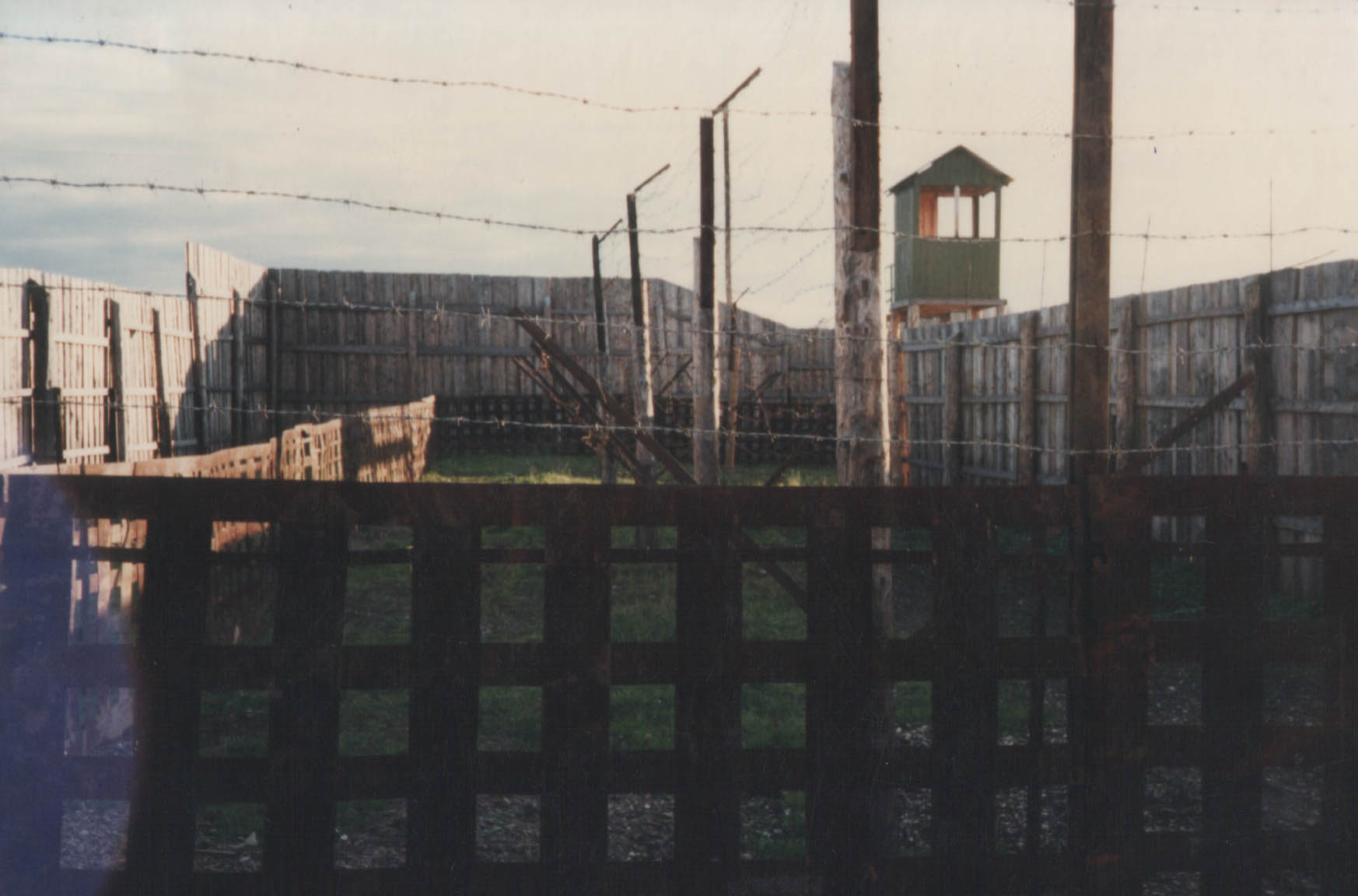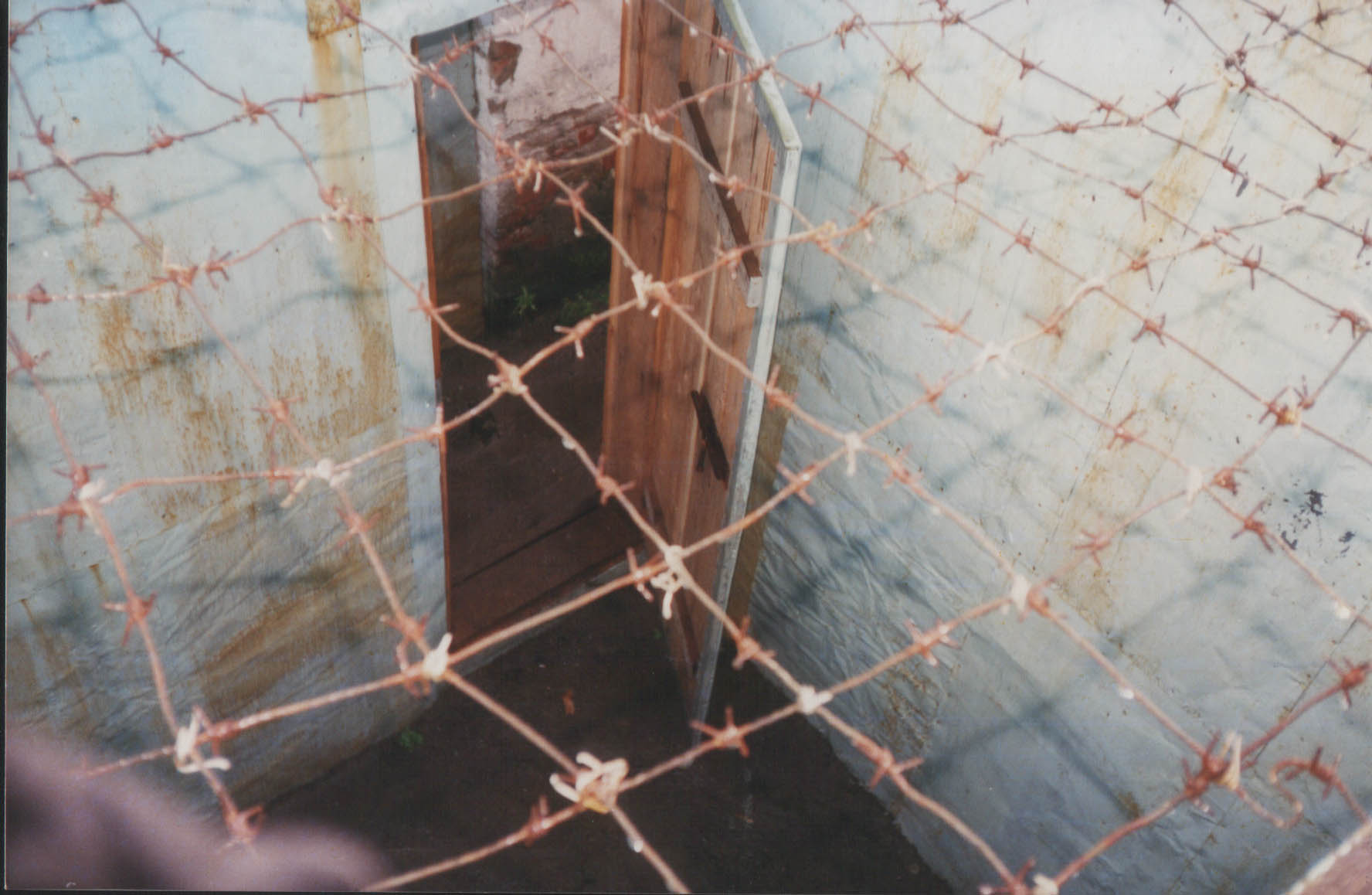A database of the “Prisoners in the Perm Political Camps” (ITK VS-389/35, VS-389/36, VS-380/37) 1972–1992
About the database
Political camps in Perm
In 1948, special camps for “particularly dangerous state criminals”, including the “most dangerous” prisoners convicted of counter-revolutionary crimes, were established in the USSR. At the beginning of the 1960s, all “particularly dangerous state criminals” who were still held in these camps were concentrated in special departments of the Dubravny Corrective Labour Camp of the Mordovian ASSR, which was commonly referred to as the Mordovian political camp in samizdat and by the public. At the end of the 1960s, also dissidents and human rights defenders were imprisoned in these camps; it was them who began to spread the word about these camps and the prisoners in them.
Despite their efforts, authorities were unable to stop this stream of information, and so new, stricter political camps were set up in the Perm region. Dissidents, who made up the majority of the camp’s prisoners, were also the most active; the irreconcilable participants in the national liberation movement in Western Ukraine and in the Baltic states who were given exorbitant jail sentences of up to 25 years; USSR citizens who tried to leave the country illegally and were either returned or for some reason decided to return; people convicted on espionage charges and on charges of disclosure of state or military secrets; individuals who collaborated with the enemy during the Great Patriotic War, convicted on charges of participation in punitive acts.
A database of the “Prisoners in the Perm Political Camps”
In 1972–1992, particularly dangerous state criminals who had been convicted under Article 58 of the RSFSR Criminal Code of 1926 and similar articles of the criminal codes of the Soviet Republics of the 1920s–1950s; and Articles 1–10 of the USSR Act on “Criminal Responsibility for Crimes against the State” of 25 December 1958 and Articles 64–73 of the RSFSR Criminal Code and similar articles of the criminal codes of the Soviet Republics of the 1960s–1980s served their sentences in political camps Perm-35 , Perm-36 and Perm-37 (official designation: ITK – corrective labour colonies VS-389/35, VS-389/36 and VS-389/37).
The electronic database of “Prisoners in the Perm Political Camps 1972–1992” was compiled using the “list of convicts held in ITK-35”, the “list of convicts who served their sentences in ITK-36” and the “list of convicts who served their sentences in ITK-37”, which contain the complete lists of names of 985 prisoners in all three political camps and 675 photocopies of registration cards of some prisoners in the camps. These photocopies were made in 1993 by the staff of the Memorial Centre of the History of Political Repression “Perm-36” from prisoners’ registration cards that were provided for photocopying by the information centre (IC) of the Internal Affairs Directorate of the Perm Territory. Since 10 people served two sentences in the Perm political camps, the complete list of convicts has 995 entries.
Prisoners who served two sentences in the Perm political camps are included in the database twice, with the year of the trial indicated in the database.
Structure of database
The information sheet for each prisoner was compiled by the staff of the Memorial Centre “Perm-36” with the use of available and verified sources: lists of prisoners, photocopies of registration cards, documents from the archival and investigation files of some prisoners, information from publications and from the internet. Since different amount of information was available for different prisoners, also the information sheets differ significantly in size.
The minimum amount of information in the lists of prisoners includes – surname, name, patronymic; year of birth; main articles of the criminal accusation and the term of imprisonment.
For 68% of prisoners, this information is supplemented with data from the registration cards. Since registration cards were kept by all three political camps in Perm and prisoners were often transferred from one camp to another, sometimes two, three or even four copies of prisoners’ registration cards were held at the information centre of the Internal Affairs Directorate that were produced by the different political camps in Perm. Scans of photocopies of the cards are kept in the individual prisoners’ files in the “Registration Cards” section of the database. Since a lot of the cards are illegible or the writing is very dense and it is difficult to read, they often include abbreviations that are not generally understood and also because in case of some prisoners several registration cards from different camps were copied which contained basically the same information, for convenience, basic information from different registration cards was put together and is presented in one file.
The staff at the Memorial Centre “Perm-36” was also able to make copies of archival materials linked to some of the prisoners in the political camps in Perm, which are available in the “Documents” section in the individual files.
Abbreviations used for sources of information
KHTS – Human rights bulletin “Khronika tekushchikh sobytiy” (A Chronicle of Current Events); The first number in the footnote refers to the issue of the bulletin, the number separated with a slash refers to the page.
Vesti – Human rights bulletin “Vesti iz SSSR” (USSR News Brief); The first number in the footnote refers to the year of publication of the bulletin, the number separated with a slash refers to the issue, the number separated with a dash is the number of the information in the issue.
GARF – State Archive of the Russian Federation.
PermGANI – Perm State Archive of Contemporary History.
OGA SBU – Sectoral State Archive of the Security Services of Ukraine.
USBU – Directorate of the Security Services of Ukraine.
About us
Memorial Centre „Perm-36“
The Memorial Centre of the History of Political Repression “Perm-36” was established in 1992 with the aim to identify and collect documents related to the history of political repression in the Perm Territory and in other parts of Russia, to organize and conduct research and to carry out mass education in the field; however, its main task was to set up the Memorial Museum of the History of Political Repression “Perm-36” in the former political camp Perm-36.

The Forest Corrective Labour Colony (in Russian abbreviated as LITK) No. 6 of the Directorate of Corrective Labour Camps and Colonies (in Russian abbreviated as UITLK) of the NKVD Directorate was established in 1942; after Stalin’s death, it was re-profiled to hold condemned employees of the Ministry of the Interior, prosecutor’s offices and other organs of repression and it was transformed from ITK to the department in charge of camps (in Russian abbreviated as LO) No. 6 of the Directorate of Corrective Labour Camps and Colonies of the Ministry of the Interior of the Perm Territory. In 1972, it was transformed to ITK VS-389/36, which was commonly referred to as Perm-36 political camp in samizdat and by the public.
The camp barracks and other facilities in the camp built in the 1940s stood until 1988, when the camp was liquidated. At the beginning of the 1990s they represented a unique preserved restored exhibition complex of GULAG of the Stalin’s era in the country. A lot of the buildings were in a state of disrepair, badly damaged, some of them in ruins. From 1992 to 2012, their rehabilitation, conservation and renovation were the main task of the Memorial Centre “Perm-36”. As a result, almost all the buildings were preserved and turned into museum.
This unique historical memorial – the only preserved camp complex of the GULAG era – was put on the 2004 World Monuments Watch List. In 2011–2013, the Memorial Centre was in talks with experts at the World Monuments Fund and the UNESCO World Heritage Committee concerning the inclusion of the former camp Perm-36 in the UNESCO World Heritage List.

The Memorial Centre “Perm-36” amassed a huge collection of materials and documents on the history of political repression in different parts of the former Soviet Union from the Baltic states to Kolyma, created more than two dozen temporary and permanent exhibitions, some of which were also shown abroad. In 2006–2007, a large-scale exhibition entitled “Gulag: Soviet Forced Labour Camps and the Struggle for Freedom” was shown at leading museums of the US National Park Service, including the Ellis Island National Museum of Immigration right next to the Statue of Liberty, the Martin Luther King Memorial and the Franklin D. Roosevelt Memorial. Mass-scale projects of the Centre such as the International Civic Forum “Pilorama” drew the attention of politicians, civil society activists, musicians, artists and journalists from various countries, and attracted audiences in their thousands.
In 2013–2014, the Memorial Museum of the History of Political Repression was taken away from its founders by order of the Governor of the Perm Territory, V. Basargin, and was handed over to the Ministry of Culture of the Perm Territory. All collections and exhibits collected by the employees of the Memorial Centre, the archive, the scientific library, the temporary and permanent exhibitions were illegally confiscated in the process. All work on the restoration, conservation and preservation of the unique camp complex was halted. Negotiations with the World Monuments Fund and the UNESCO World Heritage Committee experts were also suspended.
The Memorial Centre “Perm-36” continues to operate as an independent initiative group, conducting scientific research and educational activities. It publishes research results, holds the annual Perm Civic Seasons event dedicated to the Days of Remembrance of the Victims of Political Repressions and prepares and shows new exhibitions. The electronic database of the “Prisoners in the Perm Political Camps 1972–1987” is the Centre’s latest scientific project.